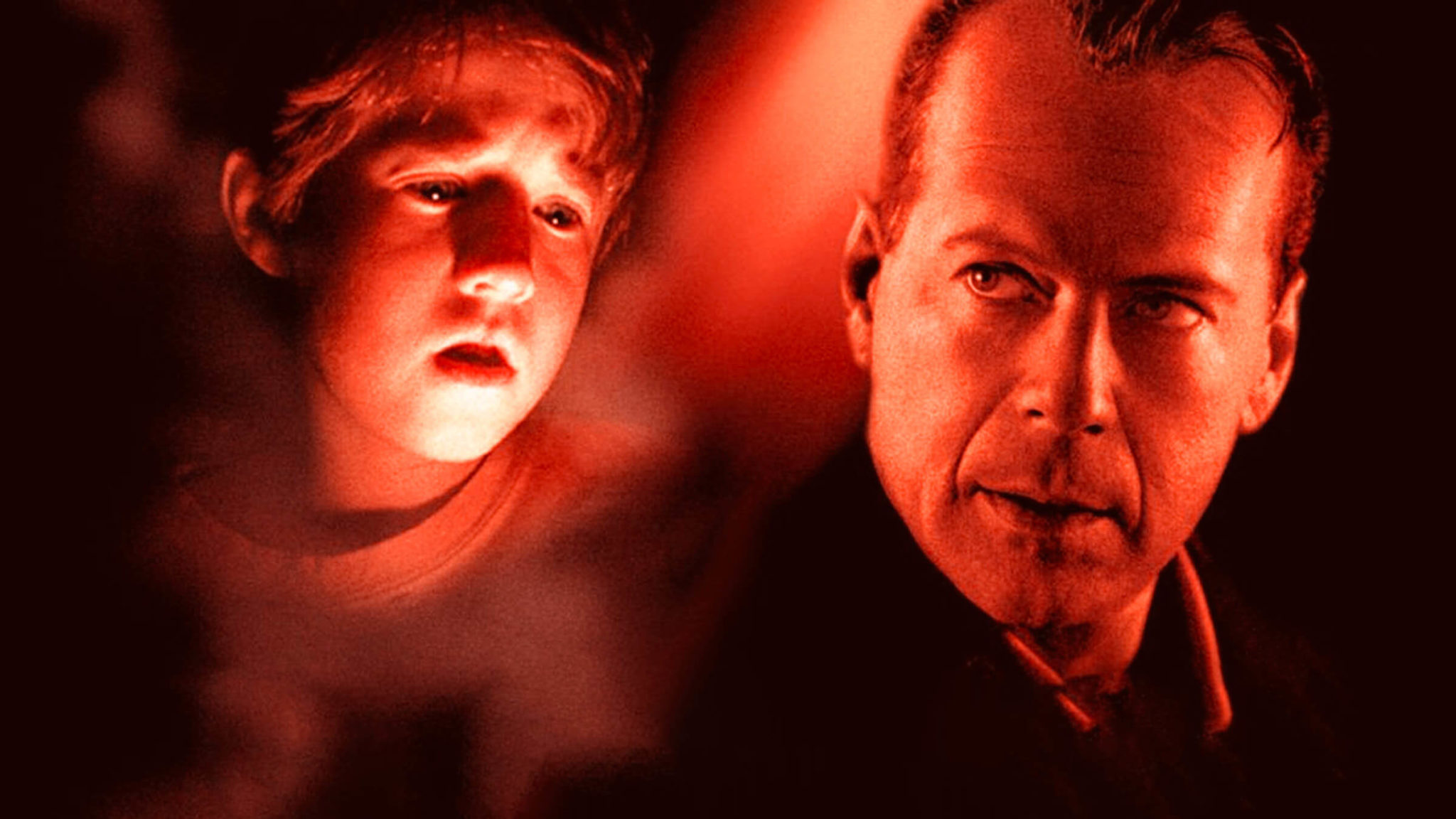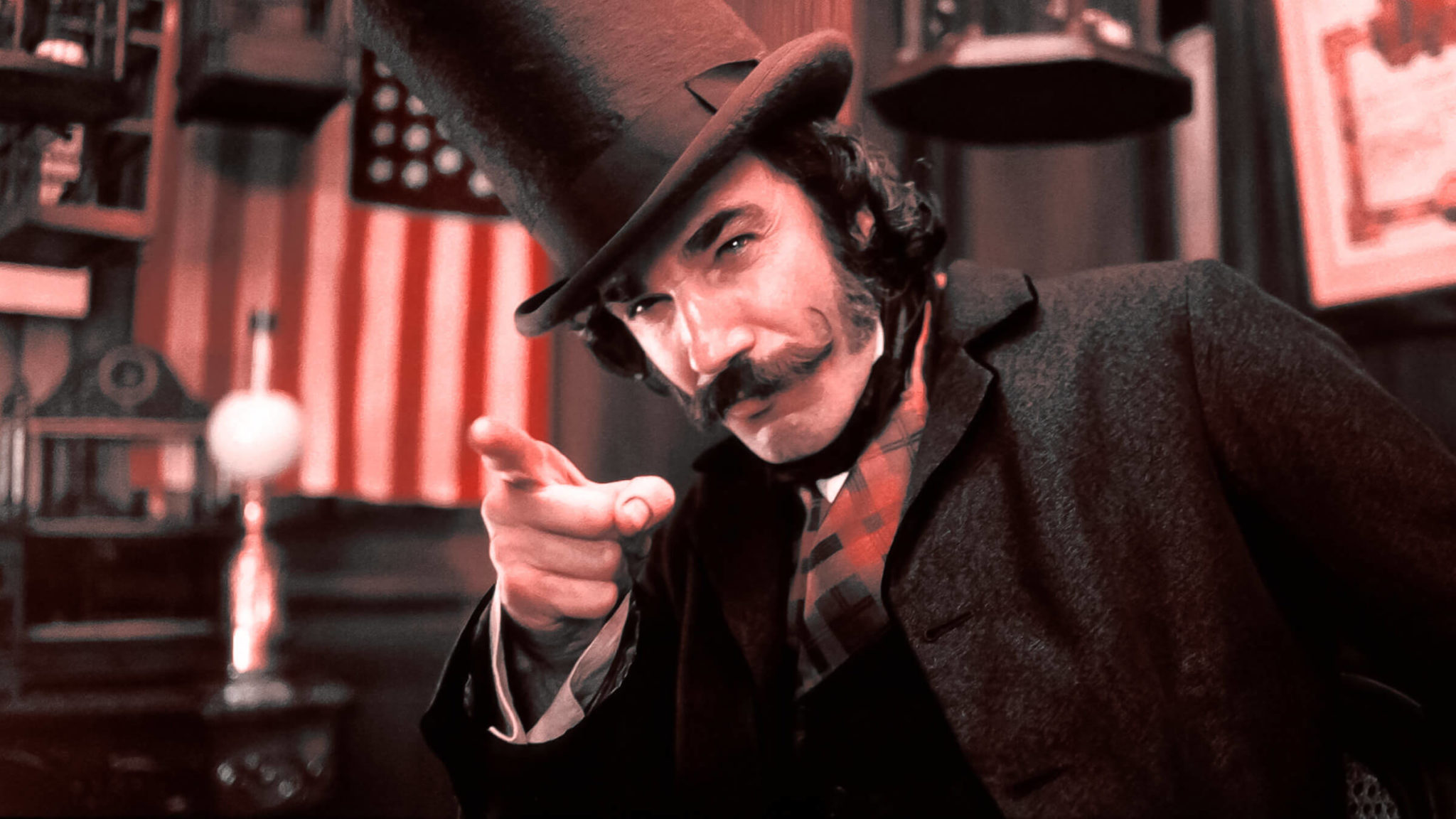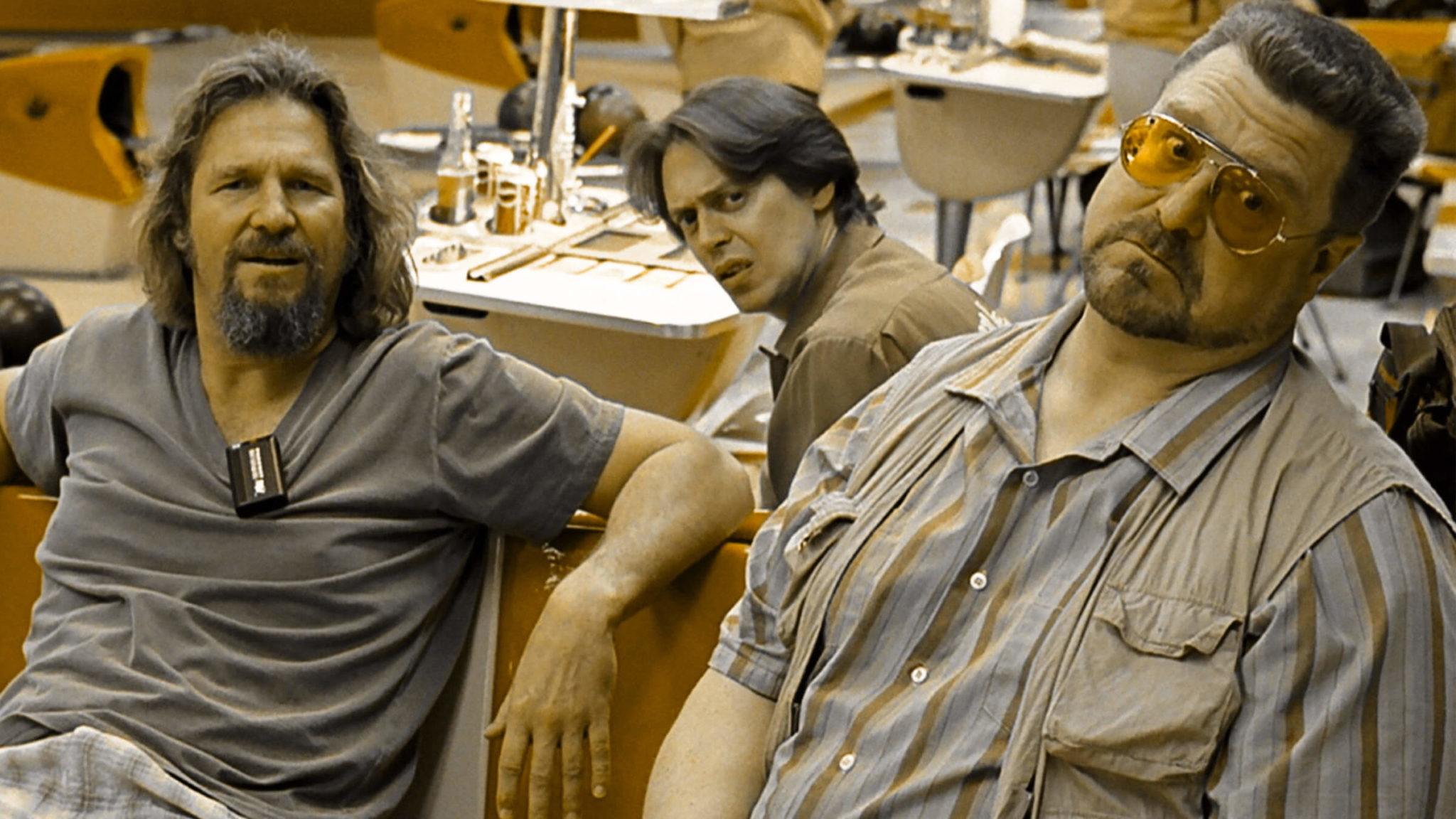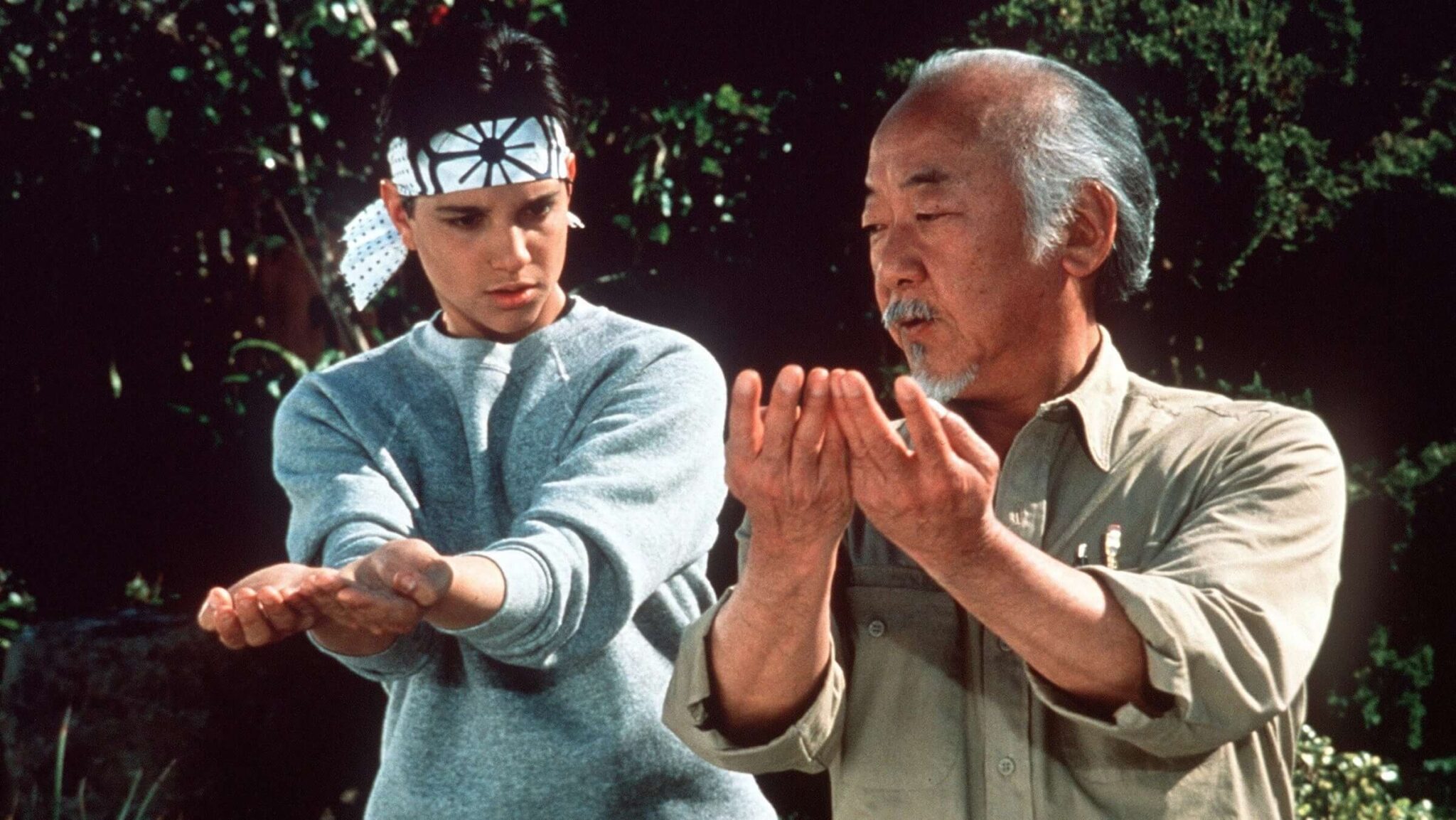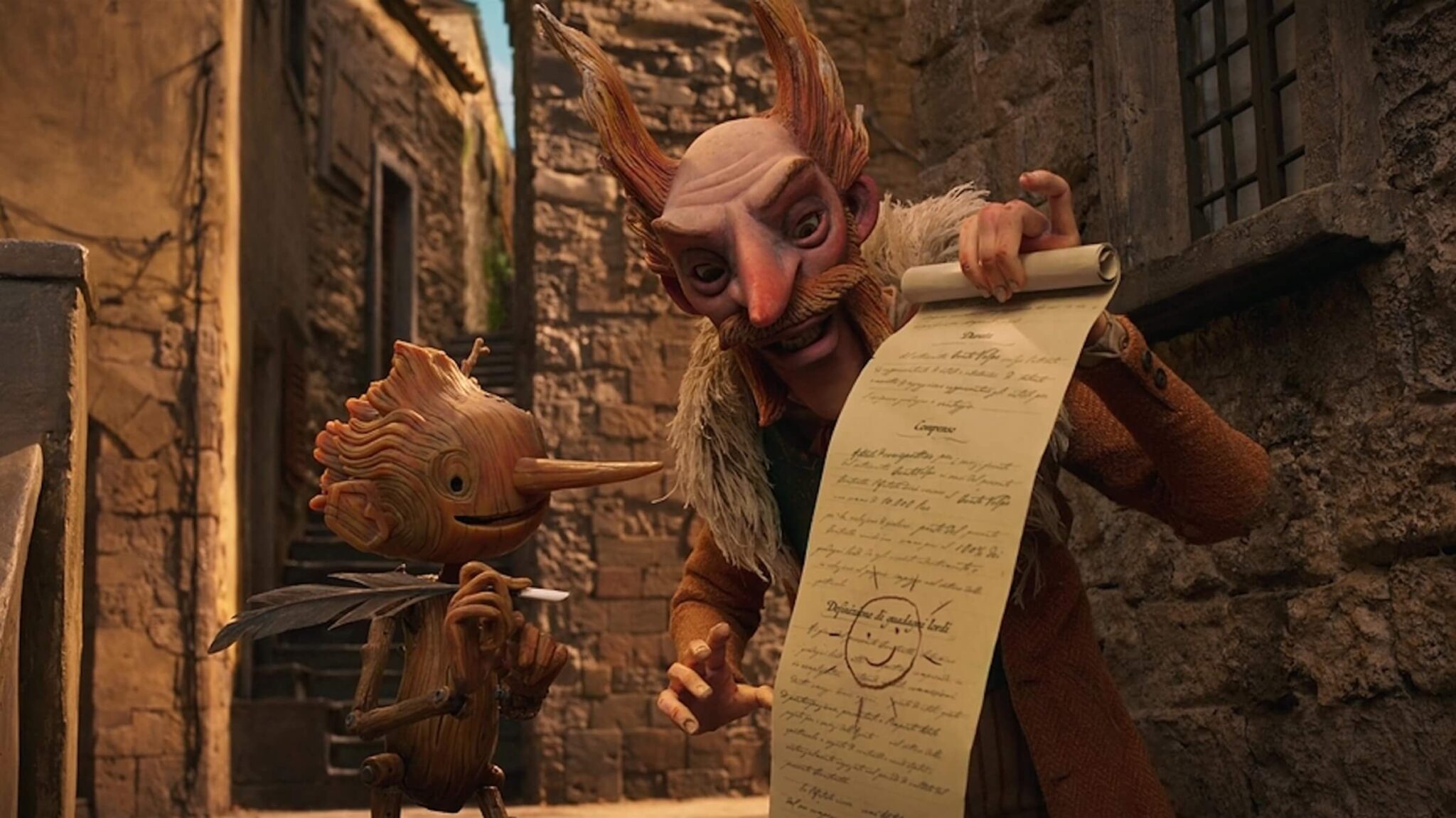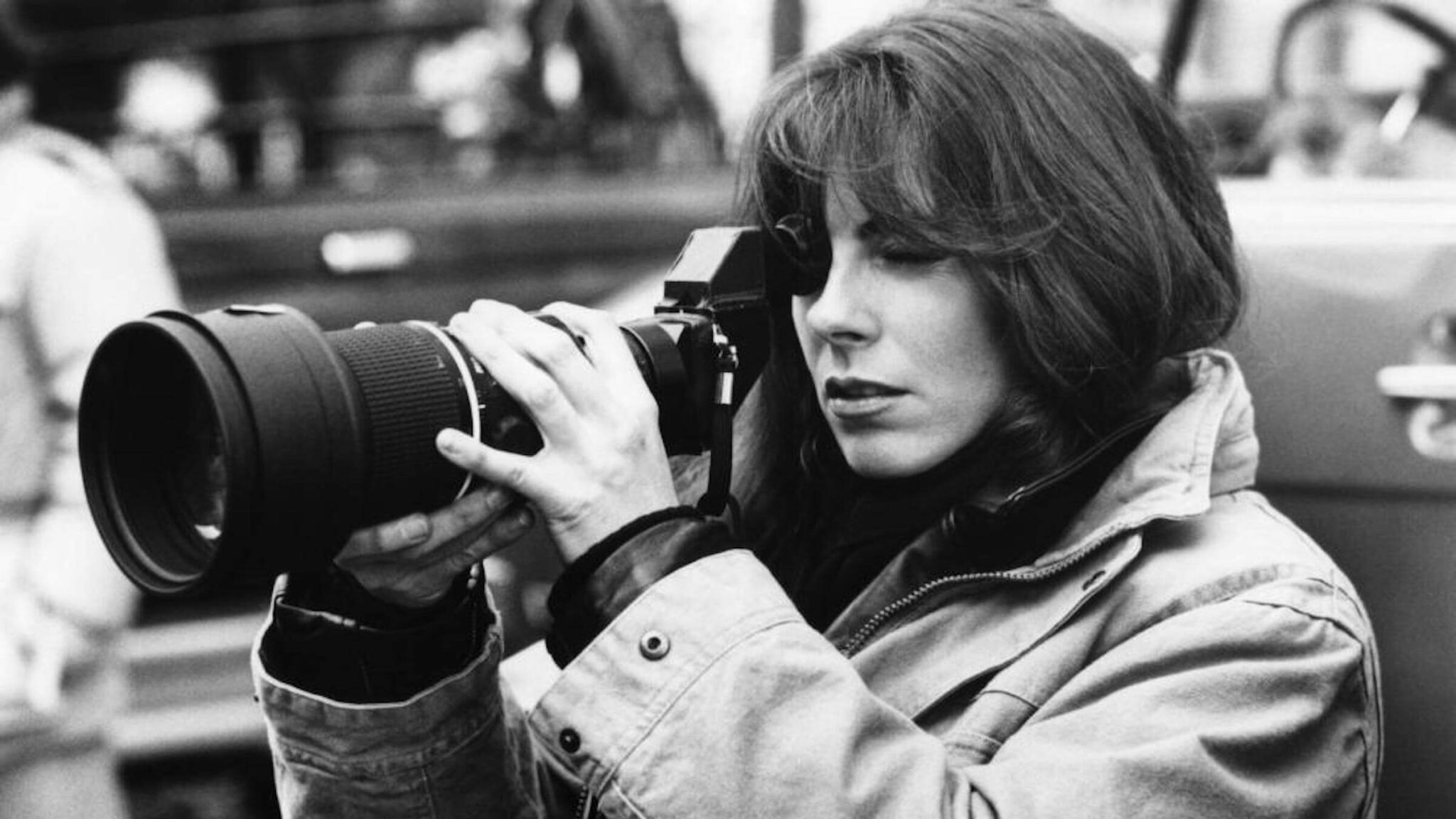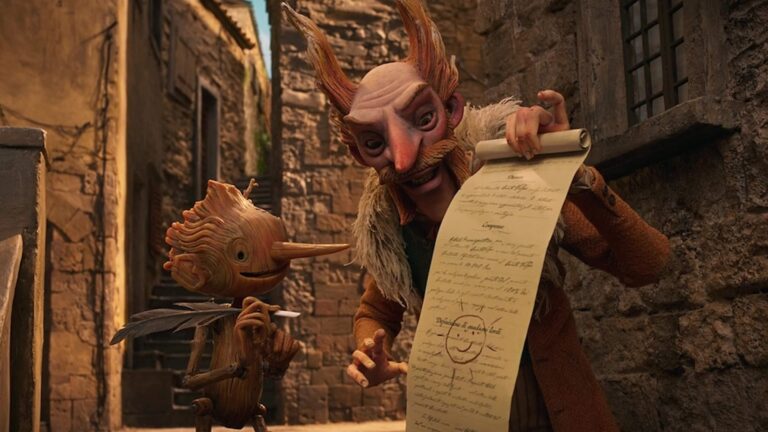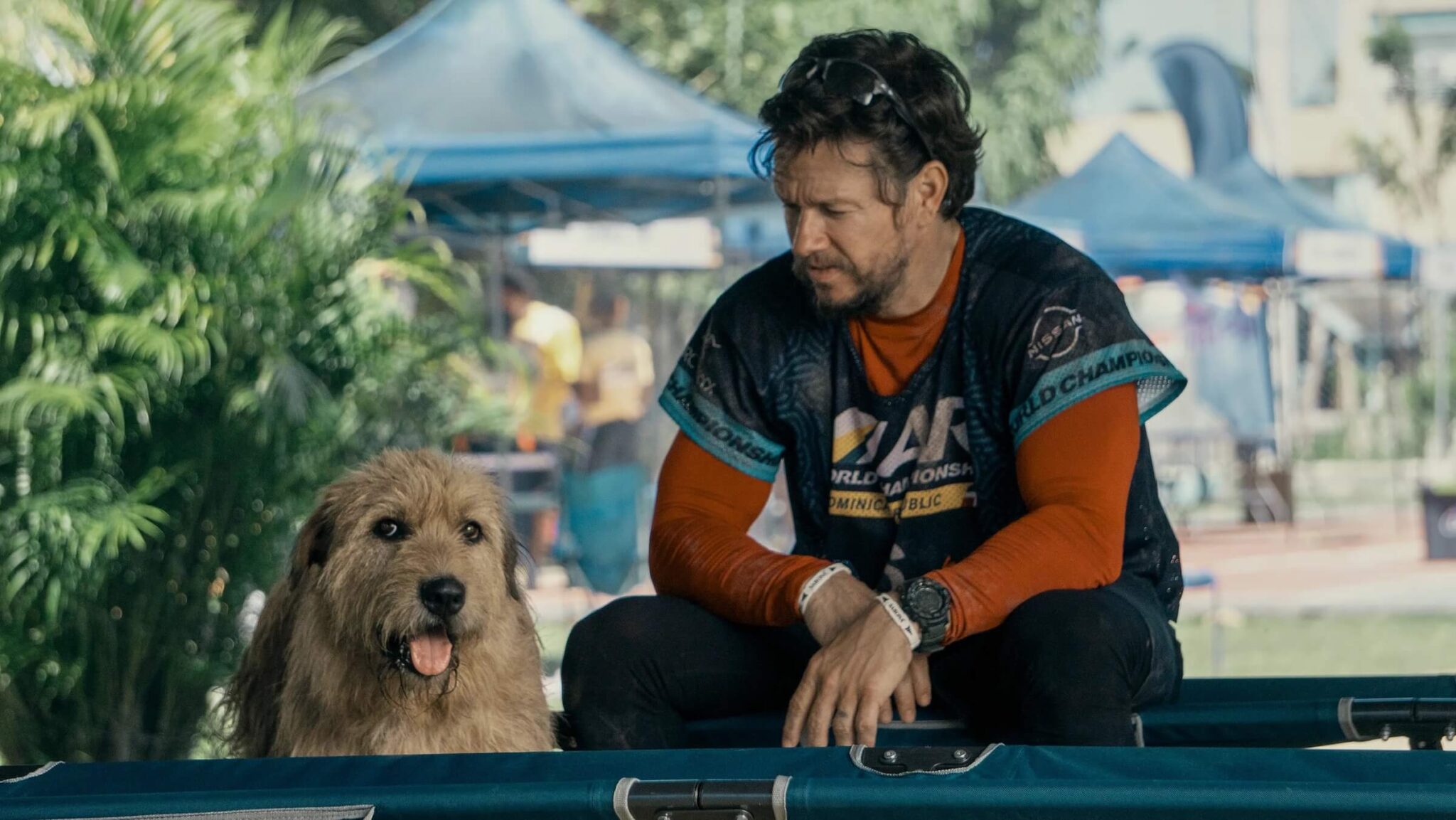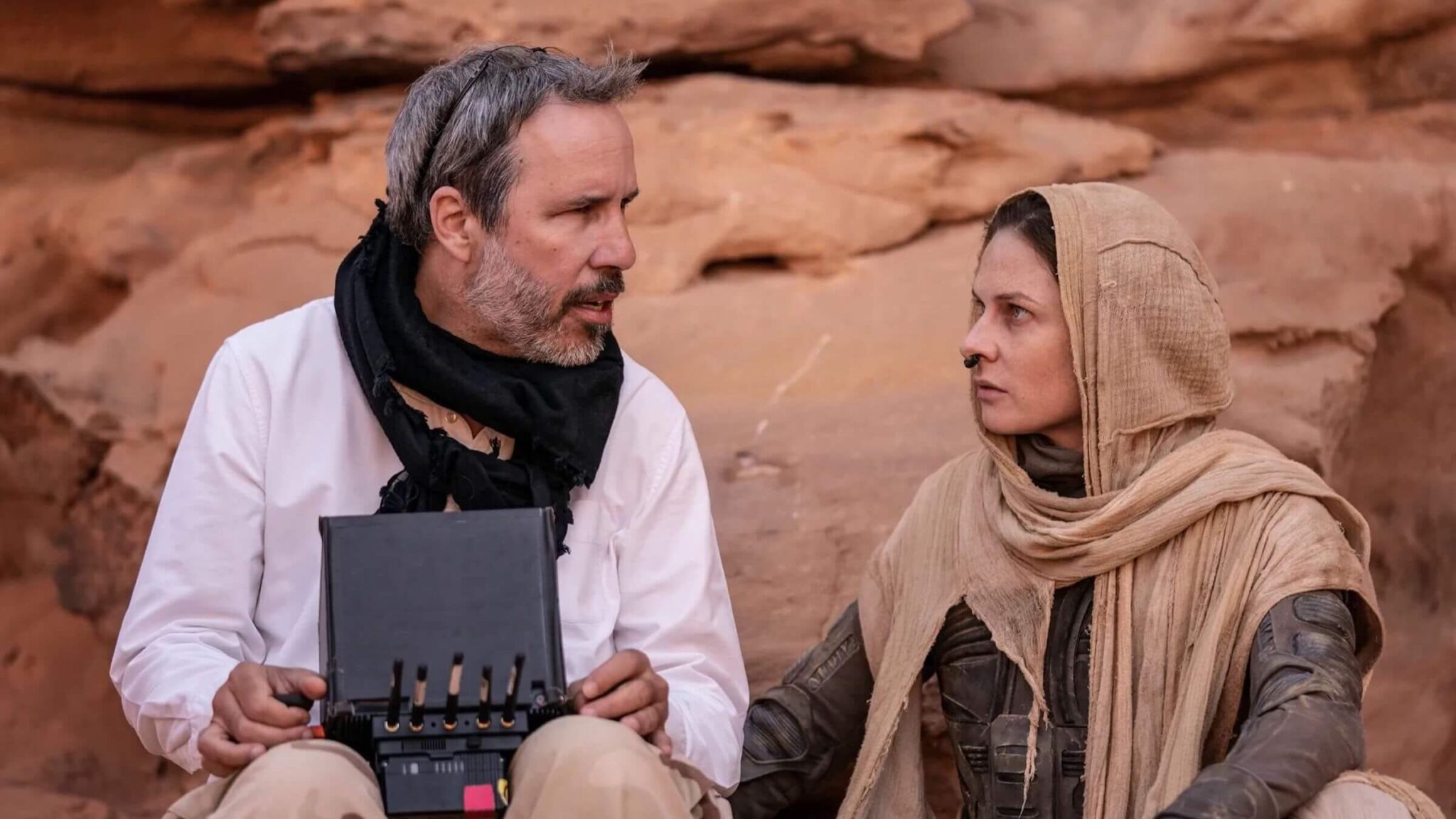Anatomy of a Scene: How to Write Outstanding Suspense Sequences
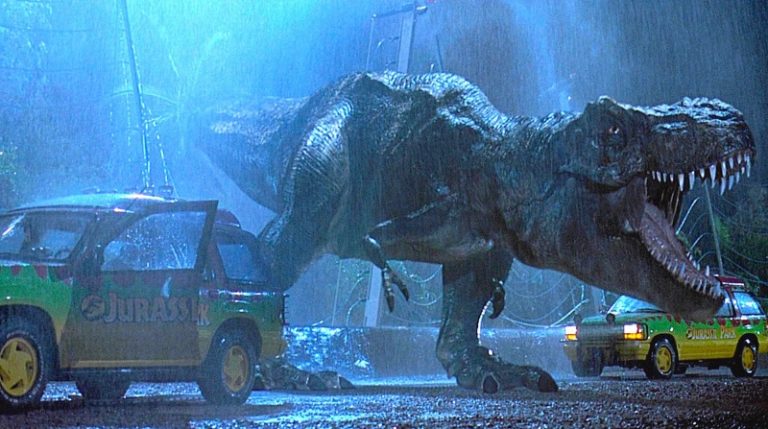
Steven Spielberg pretty much invented the modern blockbuster with Jaws. In the coming years, he directed a ton of classic films that cemented his status as a master of suspense. Many filmmakers have followed in his footsteps, but only a precious few have succeeded in spellbinding audiences in the same way as the genuine article that Spielberg is.
The reason Spielberg succeeds so completely is that he isn't afraid to take his time and use compounding elements to build up tension until it hits the breaking point. He never just throws something at the audience — he slowly brings their anticipation to a screaming boil. It's only when he has them wrapped around his pinky finger that he delivers the goods.
So what does that look like? Well, a great example lies in one of his most iconic movies — Jurassic Park. Arguably, the film's stand out moment is the T-Rex breaking out of its fenced habitat and attacking the lead characters. On paper, the scene sounds great — and it is in practice — but there were so many ways it could have gone wrong. We're going to look at how Spielberg got it right by carefully building up tension. If you apply the tricks he uses, it can turn any good suspense scene you write into an outstanding one.
And what's the first thing Spielberg does? He disappoints you. Our heroes are on a preliminary tour of Jurassic Park and they haven't seen much. Their first dinosaur was a no-show, so the park owners stop the cars in front of the T-Rex section so they can get a show.
What are the elements that Spielberg sets up?
There are a few, and he builds them up slowly:
- There's a big storm about to hit the island, which is going to complicate everyone's lives a lot.
- Dennis Nedry sabotages the park so he can escape with stolen dinosaur embryos.
- The park crew bring out a goat to lure the T-Rex out for the tour, but the T-Rex doesn't seem to be interested.
How does Spielberg pay them off?
- The storm hits, stranding the tour in front of the T-Rex cage.
- Nedry cuts the power to the T-Rex cage, so it can't electrify anything.
With those elements in place, Spielberg draws out this last part. This is really what we want to examine:
Before we see any reveals, we hear and feel them. Instead of bringing us straight to the goat, Spielberg builds up to it by having the characters hear the T-Rex's footsteps (tease moment #1) and then see the ripples they create in a glass of water (tease #2). He knows you always need bring the audience in with small images and work your way out to bigger ones.
These small tastes of the T-Rex's presence drive up the audience anticipation and builds it towards the reveal of the kids noticing the goat is f***ing GONE. There's your third and final tease.
That's when the goat's leg hits the car window — the exclamation point that leads us to the next part of the scene.
That's when we see the T-Rex in all its glory, right?
Nope. Spielberg just spent an entire minute just to let you know the T-Rex was in the scene. Now he's going to tease out its reveal with the following images:
- A single T-Rex hand checking the fence and discovering it's not electrified.
- A rising shot through wet, foggy, and blood splattered glass to reveal a T-Rex head swallowing that goat, then looking at the tour car full of kids. And boy is she hungry.
- The Lawyer ditches the kids and runs past Dr. Grant and Ian Malcolm's car. Just as they're looking at him, the entire fence is ripped out behind them.
And then, after two full minutes — that's two pages of script — of stringing the audience along, Spielberg finally lets us see the T-Rex in all her glory. By that point, the special effects could be terrible but you'd still be terrified of the thing because it was built up so effectively.
What's an example of the wrong way to do this scene?
Glad you asked. The dinosaur franchise's own Jurassic World has a perfect example:
What's the set up for that scene? Two boys sneak into the dinosaur habitat in a park gyro-sphere vehicle. A big genetically enhanced dinosaur, the I-Rex, just escaped containment and is running loose.
What are the elements that scene sets up? Just one. The two boys are arguing about getting in trouble, and then one counts four dinosaurs in front of them. The other corrects them and says five, because of the reflection on the window of the I-Rex standing behind them. Then the camera pulls up through the glass to reveal the entire I-Rex behind them. It takes 45 seconds for this to go down. You can probably tell this whole thing is pretty flat.
What's the takeaway here?
When setting up a scene, whether it be the reveal of a character or an event, introduce the audience with individual smaller elements that build upon each other. They could be images of objects, as long as they don't reveal too much. That way, you keep the audience on the edge of their seat and build up their anticipation.
It took Spielberg one whole minute and three individual elements — the footsteps, the water, the goat — before we knew for certain the T-Rex was there. Then he spends another minute with three more beats — the hand checking the fence, the T-Rex's head swallowing the goat, the fence being ripped out — before he throws everything he has at us. If you show your hand too early in the scene, then you have nowhere left to go but down. But if you build it up slowly, you can create one hell of a fever pitch for your audience.
This article was written by Ashley Scott Meyers who is a screenwriter and podcaster over at SellingYourScreenplay.com. He has sold and optioned dozens of scripts over the last two decades. Through SYS he runs a screenplay analysis service, provides paid job leads to screenwriters, and helps screenwriters connect with producers who are looking for material.
Tags
Get Our Screenwriting Newsletter!
Get weekly writing inspiration delivered to your inbox - including industry news, popular articles, and more!







